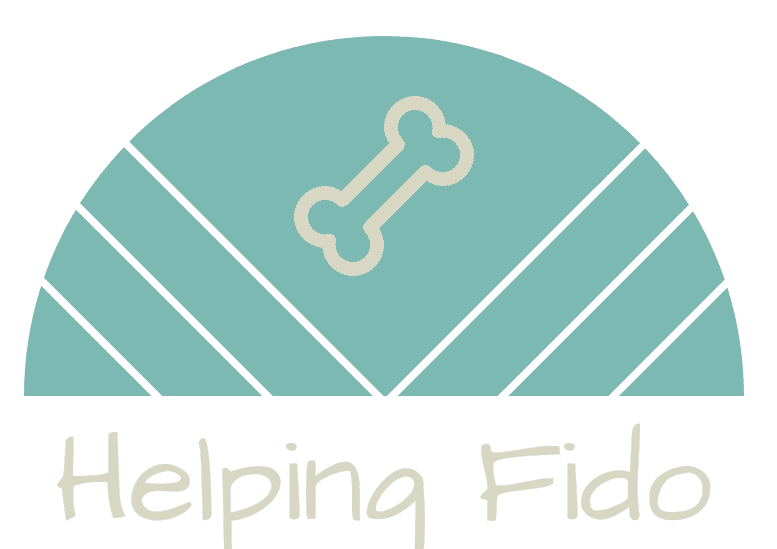Your dog is bound to misbehave at some point, especially if it’s still a pup. This means you’ll need to discipline your dog. But if you want your dog to learn and avoid developing worse behaviors, you need to do it the right way. Most people associate disciplining with giving some kind of punishment. But it does not have to be that way. Studies show that using any kind of negative training methods can put your dog’s physical and mental health at risk.
During your research on dog training, you probably already stumbled upon a training method called positive reinforcement. This type of training does not use punishment but instead focuses on rewarding and encouraging good behavior. Here are a fe things you need to know about positive reinforcement to successfully discipline your dog.
Article contents
Punishment only worsens behavior. Redirect your dog instead
Positive reinforcement is about rewarding good behavior. But that does not mean that you’re going to let your dog do whatever it wants until it decides to behave properly. Whenever your dog misbehaves, you should redirect it to do something that you see as good behavior. Start by getting your dog’s attention with a verbal cue or a sound like a loud clap. Give it something positive to do and reward that new and positive behavior.
It is important that you always stick to the same verbal cues that signal good or bad behavior. That way, your dog can learn quickly if a certain verbal cue means that it should keep going or stop completely. After that, your dog should look at you for directions on what it should do instead. A lot of times, dogs misbehave because they are bored, so think about getting your dog some toys that will keep it entertained.
Effective dog discipline is all about timing
For your dog to be able to associate a consequence to one of its actions, it needs to happen immediately. This means that the consequence needs to happen during or within seconds after that behavior. Or else, your dog will not associate an effect with a cause and or understand what the reward or loud clap was for. By using verbal cues as praise or a way to redirect your dog’s attention, your dog will have that immediate feedback.
Training is about discipline, not dominance
You do not have to be the ‘alpha’ to discipline your dog. Dog training has come a long way since the time when people thought they needed to be dominant to train their dogs. For some people, it may seem easier to scream at their dog and even use brute force with it, however, this has been shown to do more harm than good.
Trying to force dominance can cause even worse behavioral problems in the long run. That is because instead of teaching your dog to behave, it can teach your dog to fear you. And a fearful dog can become an aggressive dog if it feels threatened and that it needs to protect itself. Therefore, you should work towards being respected by your dog, not feared.
The importance of rewarding good behavior
By rewarding good behavior, your dog will know the actions that will cause it to get that treat or praise. That’s why it is important that you not only reward your dog’s good behavior but also reward good behavior after a correction. Over time, your dog may even correct their behavior immediately after hearing the verbal cue that signals that they are doing something wrong. You will not even need to tell your dog what it should do instead as it’ll already know this.
Their reward can be a treat, verbal praise, physical affection, or playtime with its favorite toy. Your dog will have its own preference and you will learn which one it is. When you find out what your dog enjoys the most, use that as the reward moving forward. Even if you provide your dog with a treat, be sure to always provide verbal praise. That way, after you have rewarded the same behavior multiple times, the verbal praise by itself will be enough of a reward.
Consistency is key if you want to see progress
As with anything in dog training, consistency is key. If you want to get rid of your dog’s bad behavior, you need to correct it the same way each and every time. However, you are not the only one that needs to be consistent. If you have other people in your household, everybody should be aware of what methods you’re using. That way, everybody can efficiently supervise, correct, and redirect your dog.
Besides following the same training method, the whole family should know the rules you want your dog to live by. And there can be no exceptions. Disciplining your dog requires time. By implementing these suggestions, you can successfully train them faster than you think!


